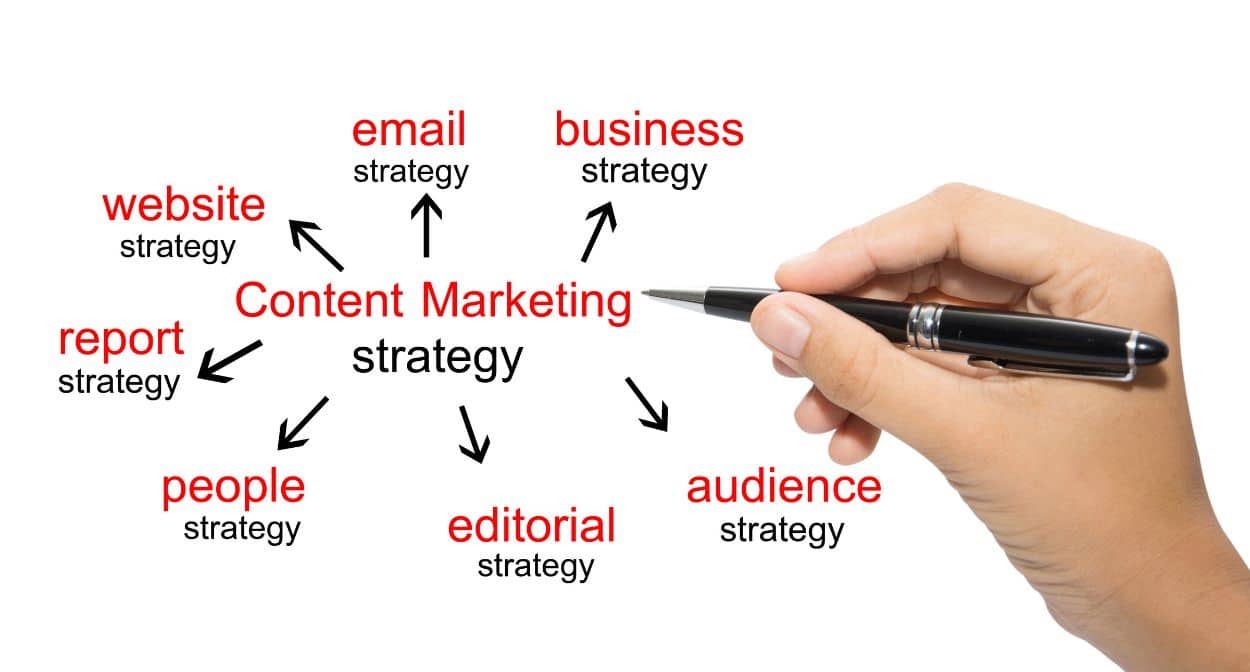Creating Impactful Marketing Campaigns with User Personas and Persona Avatars
User personas and persona avatars are essential tools for marketers who want to better understand their audience and create effective marketing strategies. In this article, we’ll discuss the importance of user personas and persona avatars in marketing, how to create them, and how to integrate them into your marketing strategies.
Importance of User Personas and Persona Avatars
A user persona is a fictional representation of a company’s ideal customer. It helps businesses understand their customers better and develop marketing strategies that cater to their needs. A persona avatar is a visual representation of the user persona, including images and icons that capture the essence of the target audience.
Creating a user persona avatar is like making a pretend friend who represents your best customer. You learn about them by asking questions and looking at what they do. You find what’s common among your customers, create a detailed profile, and draw a picture of your pretend friend. Then, you use that friend to help you decide how to improve your product and sell it better.
Targeting the Right Audience
User personas and persona avatars enable marketers to target the right audience, ensuring that their marketing efforts are directed at the people most likely to benefit from their products or services. This allows businesses to optimize their marketing budget and maximize their return on investment (ROI).
Crafting Compelling Marketing Messages
By understanding the needs, wants, and pain points of their target audience, marketers can craft compelling messages that resonate with their customers. This not only helps in attracting potential customers but also in retaining existing ones.
Enhancing Product Development
User personas and persona avatars can also inform product development, enabling businesses to create products that meet the specific needs and preferences of their target audience. This leads to increased customer satisfaction and loyalty.
Creating User Personas

Researching Your Audience
The first step in creating user personas is to conduct thorough research on your target audience. This can include surveys, interviews, and analyzing existing customer data to gather insights into your customers’ behaviors, preferences, and motivations.
Identifying Demographics and Psychographics
Next, identify the demographic and psychographic characteristics of your audience. Demographics include age, gender, location, education level, and income, while psychographics encompass interests, values, and lifestyle choices.
Developing Hypothetical Scenarios
Using the data collected, create hypothetical scenarios that represent the typical experiences and interactions your customers have with your brand. This will help you develop a comprehensive understanding of their needs, pain points, and motivations.
5 Steps to Create a User Persona Avatar
- Research your target audience: Gather data about your customers from various sources, such as surveys, interviews, and web analytics.
- Identify patterns: Analyze the data to find common characteristics and preferences among your customers.
- Create user personas: Develop detailed profiles of your ideal customers, including their demographics, psychographics, and behaviors.
- Visualize your personas: Create visual representations of your user personas, such as illustrations or icons, to help your team understand and remember them.
- Apply personas to marketing strategies: Use your user persona avatars to inform and tailor your marketing campaigns, content, and product development.
Persona Avatars
Benefits of Persona Avatars
Persona avatars are visual representations of user personas, which can help marketers empathize with their target audience and create more engaging marketing campaigns. They also make it easier to communicate user personas to the rest of the team, ensuring everyone is on the same page.
Creating Persona Avatars
To create a persona avatar, first, choose a representative image for each user persona. This can be a stock photo, illustration, or even a composite image. Then, add relevant demographic and psychographic information, as well as any other insights gathered during your research. This will help paint a clear picture of each persona and facilitate a deeper understanding of their needs and preferences.
Using Persona Avatars Effectively
To make the most of your persona avatars, incorporate them into every aspect of your marketing efforts. Share them with your team to ensure everyone is aligned and use them as a reference when creating marketing materials, content, and strategies.
Integrating User Personas and Persona Avatars into Marketing Strategies
Content Marketing
Tailor your content marketing efforts to address the needs and preferences of your user personas. This may involve creating blog posts, articles, infographics, or videos that provide valuable information, solve problems, or entertain your target audience.
Social Media Marketing
Leverage your user personas and persona avatars to create targeted social media campaigns that resonate with your audience. This can involve crafting engaging posts, participating in relevant online communities, and using the right hashtags to reach your target audience.
Email Marketing
Personalize your email marketing campaigns by segmenting your audience based on their user personas. This will enable you to send relevant content that appeals to each segment, increasing the likelihood of engagement and conversions.
Measuring the Effectiveness of User Personas and Persona Avatars
To determine the effectiveness of your user personas and persona avatars, track key performance indicators (KPIs) such as website traffic, conversion rates, and customer engagement. Analyze these metrics to identify areas for improvement and refine your marketing strategies accordingly.
Conclusion
User personas and persona avatars are invaluable tools for marketers looking to create effective marketing campaigns that resonate with their target audience. By understanding the needs, preferences, and pain points of your customers, you can create tailored marketing strategies that drive engagement, conversions, and ultimately, business success.
FAQs
What is the difference between user personas and persona avatars?
User personas are detailed profiles of your target audience, while persona avatars are visual representations of those personas to facilitate understanding and empathy.
How do I create a user persona?
Creating a user persona involves conducting research, identifying demographic and psychographic characteristics, and developing hypothetical scenarios based on the data collected.
Can I use more than one user persona in my marketing strategies?
Absolutely! You can create multiple user personas to represent different segments of your audience and tailor your marketing efforts accordingly.
How can I measure the success of my user personas and persona avatars?
Measure the success of your user personas and persona avatars by tracking KPIs such as website traffic, conversion rates, and customer engagement.
Do I need to update my user personas and persona avatars regularly?
Yes, it’s essential to update your user personas and persona avatars periodically to ensure they accurately reflect your audience’s changing needs and preferences.

























































